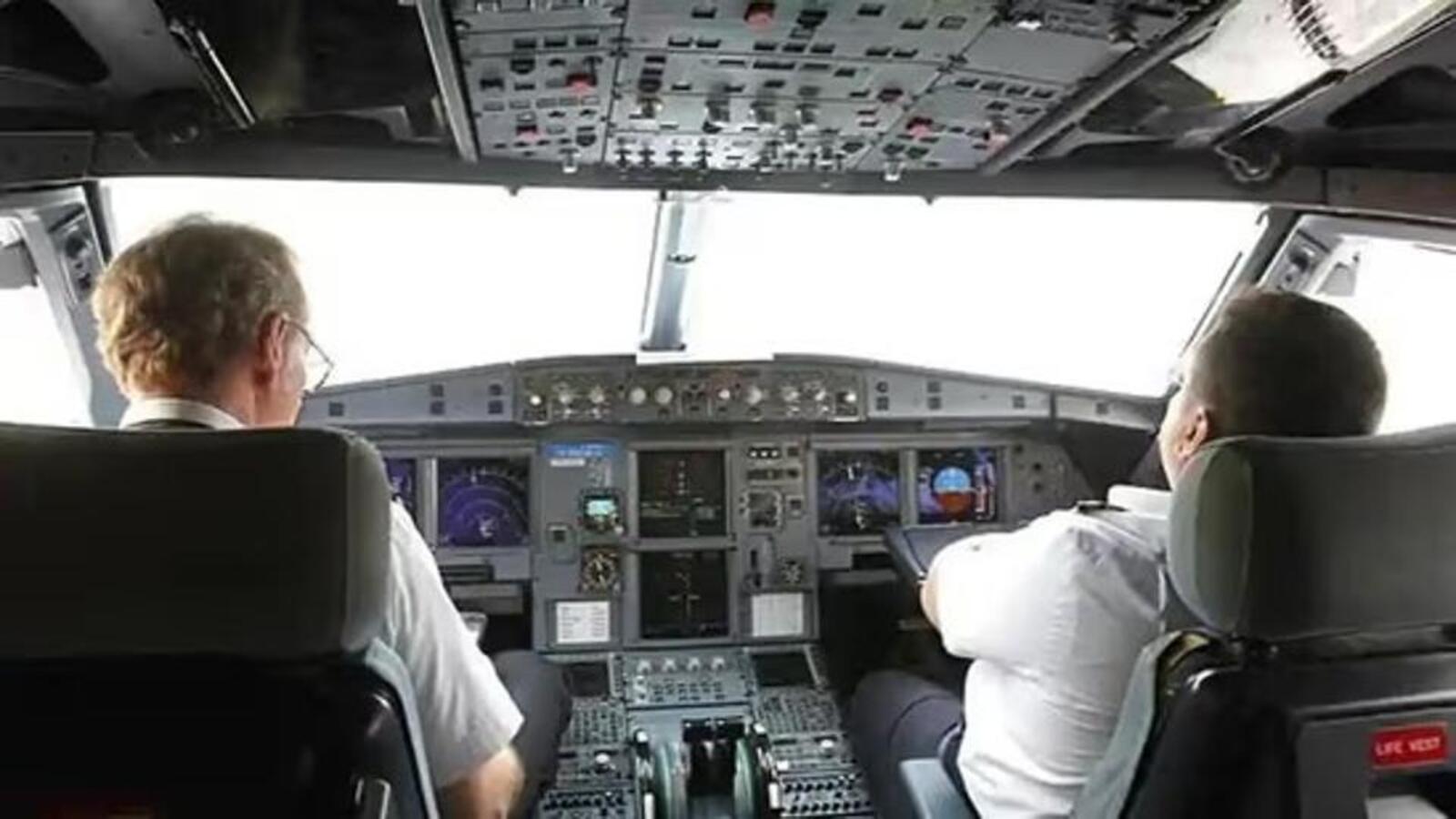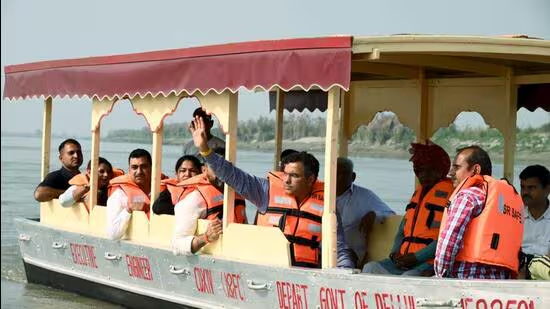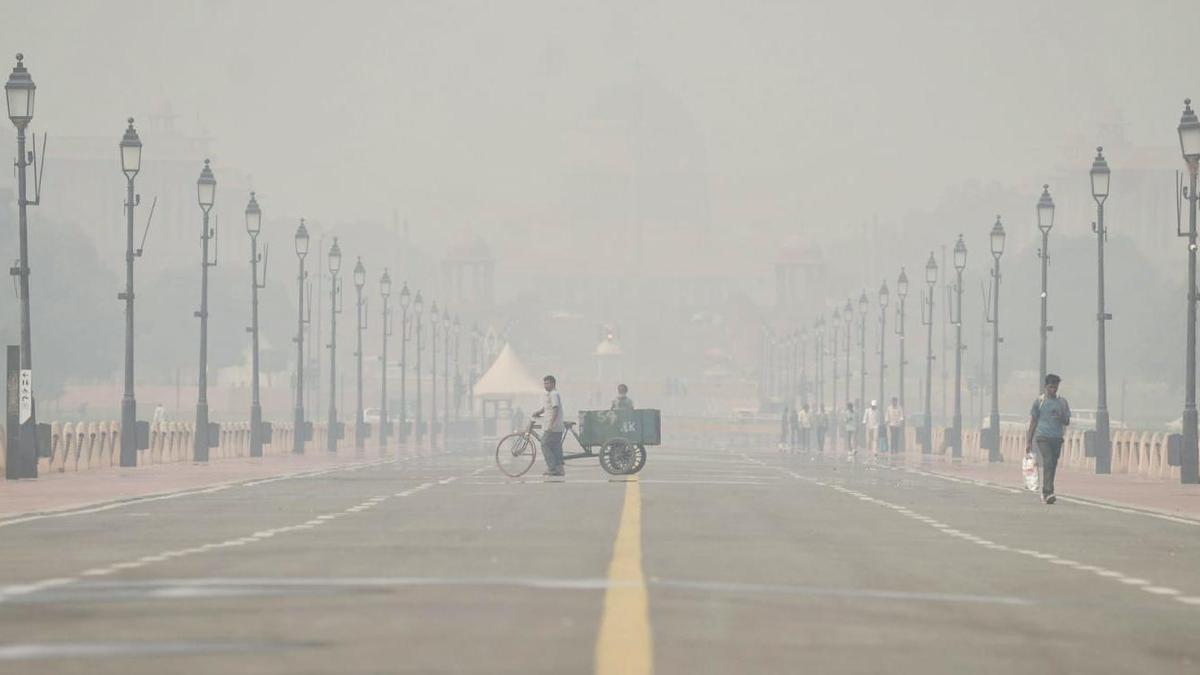Now Reading: Indian Pilots Urge DGCA to Cut Duty Hours on Boeing 787 Due to Less Reclining Cockpit Seats
-
01
Indian Pilots Urge DGCA to Cut Duty Hours on Boeing 787 Due to Less Reclining Cockpit Seats
Indian Pilots Urge DGCA to Cut Duty Hours on Boeing 787 Due to Less Reclining Cockpit Seats

Indian pilots have raised safety concerns over the long-duty hours on Boeing 787 aircraft, highlighting discomfort caused by less reclining cockpit seats. The pilots have urged the Directorate General of Civil Aviation (DGCA) to review current duty time regulations, arguing that fatigue risks increase when adequate rest isn’t possible during long-haul flights.
According to pilot associations, the limited reclining capacity of cockpit seats on Boeing 787 planes prevents proper rest during extended operations. Unlike other wide-body aircraft, the 787 offers minimal rest space for pilots, which becomes a concern during ultra-long flights that can stretch over 10 hours. Pilots claim this restriction not only impacts comfort but also flight alertness and overall safety.
The demand for a duty-hour revision has been raised amid growing discussions around flight fatigue management in Indian aviation. Several pilots have stated that the 787’s design, though efficient for airlines, doesn’t cater to human fatigue limits in its cockpit structure. They argue that duty time limits must reflect both aircraft design and physiological needs of the crew.
The DGCA has been asked to consider reducing maximum flight duty periods for Boeing 787 operations until seat designs are upgraded or resting modules are improved. Industry insiders point out that rest areas play a key role in maintaining pilot alertness during critical flight phases, especially during international operations.
While airlines maintain that they comply with all current rest and safety norms, pilots believe that the rules should evolve with real-world conditions. With Indian carriers expanding long-haul routes using the Boeing 787 fleet, the debate around pilot fatigue and cockpit ergonomics is becoming increasingly relevant.
The DGCA is expected to review the pilots’ representation soon. For now, the aviation community awaits whether comfort and safety will finally find a balance in India’s growing long-haul operations.

























